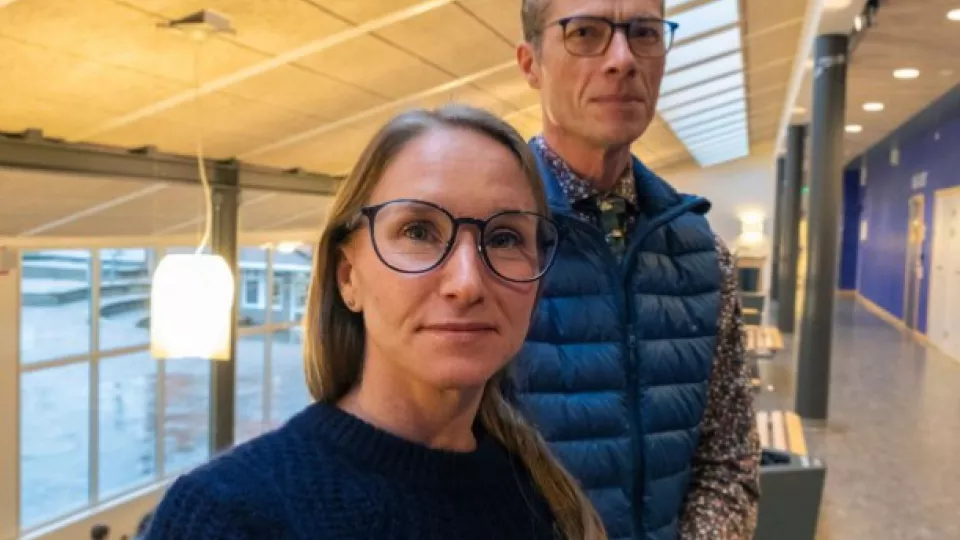“The Swedish health care system protects residents from catastrophic healthcare expenses, and in comparison with several other countries in Europe, Sweden has a more equal healthcare, says Anna Häger Glenngård, associate professor at the School of Economics at Lund University who led the study.
The survey was commissioned by the WHO with the aim of examining whether people in 24 different European countries can afford to pay for health care. To achieve comparable results in all countries, the same overall method was used. However, access to data has varied somewhat between the different countries.
The Swedish study is based on national statistics on Swedish households and their expenditures from 2006–2009 and 2012.
“Only two percent of Swedish households were financially affected annually by medical expenses”, says Sixten Borg, PhD student at the medical faculty at Lund University and co-author of the report.
Previous studies from the WHO, among others, show that the risk of catastrophic health care costs is lower in countries that have a high proportion of public expenditure on health care. In Sweden, care is largely financed by taxes.
“Sweden spends about nine percent of the country's GDP on health care and, on the whole, the share of public expenditure on health care in Sweden has been quite stable. 80% of Swedish health care has been publicly funded for several decades”, says Anna Häger Glenngård.
The researchers believe that there are additional factors that explain the low risk of being financially affected by medical expenses. In Sweden, there are high-cost protections for primary care visits, medicines and medical aids. Children under the age of 20 and people over 80 are to a great extent exempt from medical expenses. In Sweden there is also free dental care for those under 23. However, there is no high-cost protection for dental care for adults.
Of the one-fifth of the households with the lowest income, six percent were financially affected anually by health care expenses, compared with one percent in the rest of the group. On average, these households with the lowest incomes spent a quarter of their income on health care.
The researchers believe that the reason that the risk of catastrophic expenses varies greatly depending on income, is because of the fixed limit of the high-cost protection system. The amount that you have to pay yourself in order to reach the limit is the same for everyone regardless of income. This means that the lower the income, the greater the proportion of total income that health care expenses will make up. The risk is that lower income households avoid seeking medical care.
In addition, a patient who receives income support has to pay a fee at the time of the visit, and is only reimbursed afterwards by the municipality. There are also issues that arise from the health care system being separate from the social care system, and more coordination is needed.
“Solutions exist where individuals with income support can seek care and receive an invoice which the municipality then pays. This way, the individual does not have to make the initial payment. The risk, however, is that this is perceived as complicated, or that not everyone knows that the opportunity exists. Perhaps, therefore, low-income households in particular are disadvantaged by how high-cost protection and the social assistance and healthcare systems are designed today”, concludes Anna Häger Glenngård.
Publication: Can people afford to pay for health care? New evidence on financial protection in Sweden (2019)
Contact:
Anna Häger Glenngård
anna [dot] glenngard [at] fek [dot] lu [dot] se (anna[dot]glenngard[at]fek[dot]lu[dot]se)
Sixten Borg
sixten [dot] borg [at] med [dot] lu [dot] se (sixten[dot]borg[at]med[dot]lu[dot]se)
